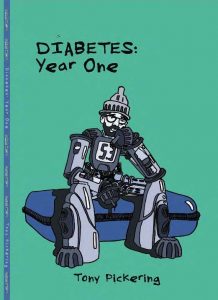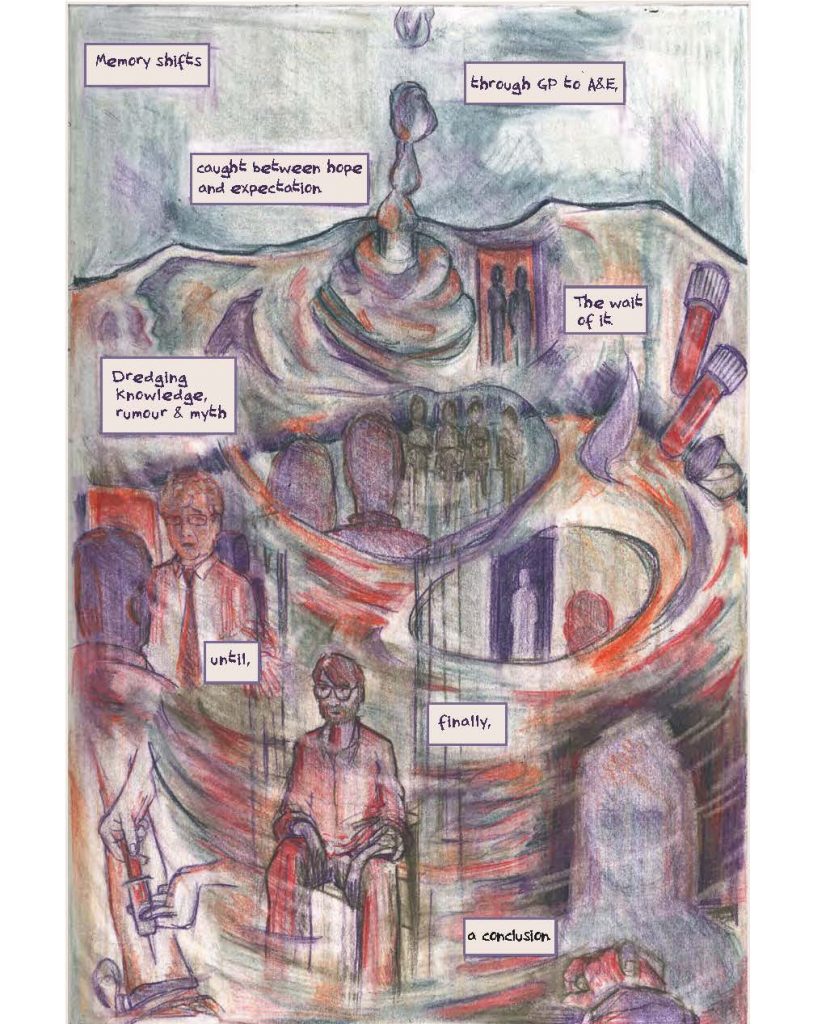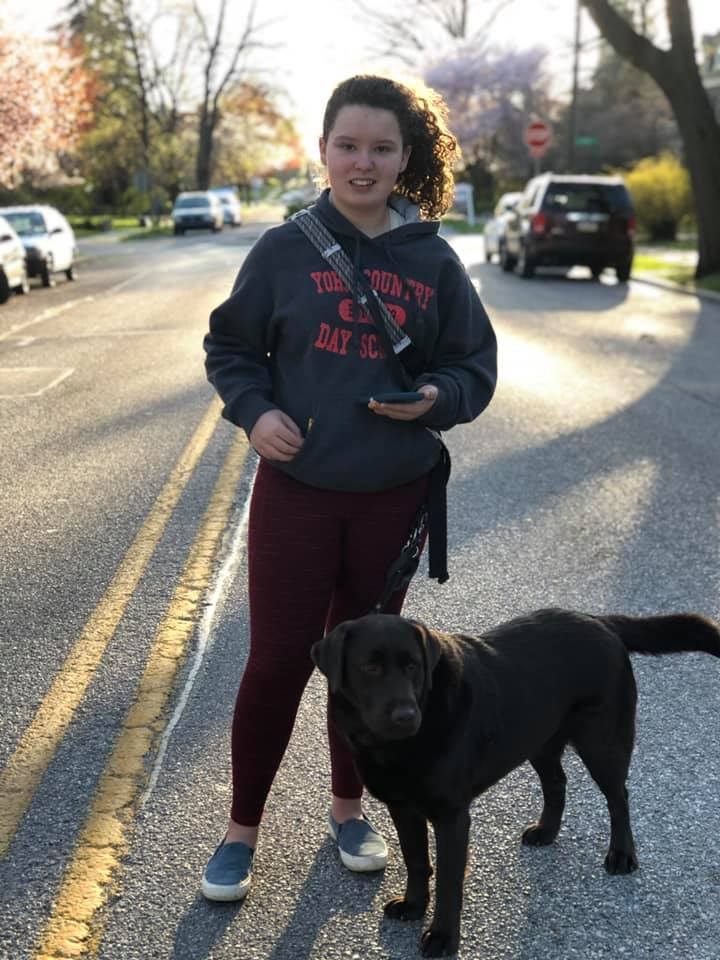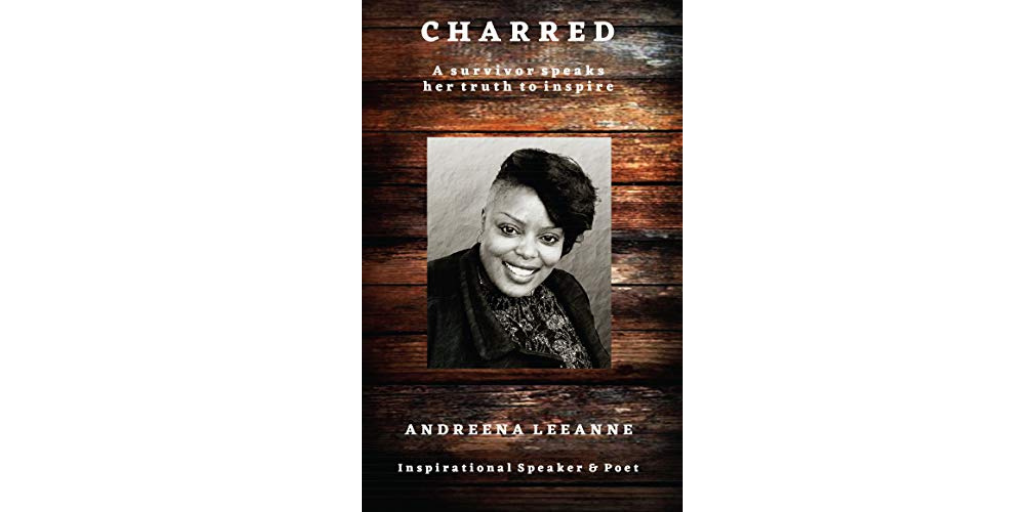Introduced by Holly King

It’s November already and in this season of Write On! Extra we’re focusing on important events in each month. For me, November is the month to raise awareness about Diabetes.
Type 1 Diabetes is a complex and multifaceted condition, which is difficult to understand considering its invisibility and scarcity (only 10% of diabetics in the UK are Type 1, and only 0.5% of the UK have Type 1 Diabetes).
I’ve been trying to communicate the gravity and breadth of our responsibility as diabetics to new friends, loved ones and colleagues for years. I’ve also been trying to understand the immensity of it myself for years. Because we manage so much of it on autopilot, it would consume us if we broke momentum every time we needed to make a diabetes-related decision. I’ve been trying to write an introduction to this page to (succinctly) detail the complexity of it, the branching variables that are triggered by an innocuous life event such as: getting the sniffles, being excited to see someone, having a stressful day at work. But it spanned pages and I thought: ‘That’s no introduction, that’s a book!’ Maybe, one day, I’ll write that book; one that interests you enough into peeking through the door of a mind that has to do the tasks the pancreas stopped showing up for.
When you hear the word ‘diabetic’, what comes to mind? For me, everyone who asks about it or shows interest is concerned with the numbers (blood sugar level, insulin dose, grams of food, hba1c, ketone levels, ‘time-in-rage’). Numbers are the highest priority, but there are many other facets of diabetes that make up our experience. These are often not considered, because everyone is too busy trying to get the numbers right.
So, diabetics end up having two very different types of experience, simultaneously, when dealing with this condition. For example, during an episode of hypoglycaemia (low blood sugar level, defined as any reading below 3.6mmol/l or 65 mg/dl in America), I pragmatically have to know and consider:
- How many dextrose tablets, grams of glucose or millilitres of Lucozade will bring my sugar levels to above 4mmol/l or 72mg/dl?
- How many minutes will this take?
- What amount of insulin do I have inside my body now?
- How many grams of carbohydrate, protein and fat did I eat in my last meal? How long ago was that?
(Now I need to work out the probability of needing more glucose based on this answer, then work out how much more glucose I will need based on how much insulin I took and how long ago, after working out the margin of error.)
- How many minutes until I need to re-test?
- Am I about to do anything that will affect it more (any physical activity from walking down the road to a gym session)? How much more glucose do I take to offset another hypoglycaemic episode?
- Am I about to do anything that I now can’t do (work task, chores, family task, homework, class, exercise, social activity)? How long until I think I will feel well enough to continue? Do I need to cancel on anyone?
Background questions I’m also considering:
- How many hypoglycaemic treatments (Lucozade/glucose) do I have before I run out?
- How many test strips do I have left?
- How many days before I should re-order this medication?
- What variable caused this hypoglycaemic episode?
- How many grams of carbohydrate do I think those four muffins have, and how much will I need to inject after I inhale them, because all my brain is screaming is eat, eat, eat? Oops, I’ve already eaten one while wondering this.
From that list, you may guess that I feel overwhelmed, that the effect of a hypo lasts a while and that there can be a knock-on effect. But it doesn’t describe what it feels like. For a few years now, I’ve tried to use my writing to communicate the mental and emotional aspects of diabetes (including the feeling of blame and guilt when something goes awry), making a hypoglycaemic episode more complex and long-lasting. Here’s one attempt:
Somehow, 24 years down the line, it’s still always different. You’d think that, by now, I’d know how to stop hypos from happening. You’re wrong. I think, by now, I should stop hypos from happening. I’m wrong.
I try to think of something to liken hypos to, so you can understand, empathise, but none of them fit. Hypos aren’t a choice, an addiction, something that you give into, even though you try your best not to; but it’s still my actions that cause them. Hypos are more like a spilt drink. Sometimes they just happen. We know why they happen: someone was clumsy, not giving all your attention to it, an unexpected variable, like a dog banging into the side table. Some of them you can learn from: don’t put the drink so close to the edge of the table, keep it out of reach of pets – but do you ever spend more than a few seconds chastising yourself about spilling a drink due to carelessness? Do you even identify it as carelessness? Or is it just one of those things that we have accounted for in our lives? Drinks will be spilt, hence there are stain remover products. You may grouch about it while you’re scrubbing the floor, or chucking your top in the wash, but then you go back to whatever you were doing before. So why do I berate myself so much over hypoing?
While we’re the one spilling the drink, we’re also the carpet we’ve spilt the drink on. It makes an ugly stain, targets us. It seeps into the core of us, discolouring inside and out, distinguishing us from the rest. So, we medicate; we apply stain remover, scrub, work hard and fast to undo. But we can’t undo. We can save; save the carpet, the look, the inside, but it takes time. After we’ve done all we can, we are sensitive to touch, wet and saturated, unsure, something to be avoided until we are dry and ‘back to normal’. You see, even after the stain has gone and the colour is corrected, we remain wet. It’s not the hypo itself that affects us for so long sometimes – it’s the waiting to dry.
This is my long-winded (yet still considerably edited-down) way of saying creativity is so vital to expressing, communicating and understanding medical conditions. I remember thinking writing could never help me with diabetes, because diabetes management is all about science, maths and numbers. But writing does help; it gives me hope. It helps me connect with other diabetics, helps me give a voice to the little ones who can’t tell their parents how it feels beyond ‘wobbly’ or ‘tired’; it helps me engage those who would otherwise glaze over if I reeled off a list of doses, target ranges and blood test results. The number on my meter may say I’m above 4.0mmol/l if you’ve tested me 25 minutes after I’ve hypoed, and so medically I am fine, but I am still fragile, still need time to dry.
Seeing the creativity of other diabetics makes me laugh (just search for diabetes memes), makes me feel connected, makes me happy that others are using talent, colour and passion to create something good out of what is, very bluntly, a crappy hand we’ve been dealt. We didn’t do anything to get Type 1 Diabetes; we were just unlucky.
So, as November is Diabetes Awareness month, please take the time to learn a little about our condition and how it both effects and affects us. Offer your diabetic a random act of kindness, because we are making, on average, 180 more decisions a day than you are. You’ll never know how much telling us the grams of carbohydrates, protein and fat in a meal you’ve cooked for us will mean, or learning to test our blood sugar level, or knowing what our target range is.
I’m very excited to give my community some hope this Monday with creative content from fellow Type 1s. Stay until the end to see some furry friends!
*****
First is artist, illustrator and graphic novelist, Tony Pickering. He works in the field of graphic medicine and, particularly, patient experience around Type 1 Diabetes, Dementia and mental health.
Diabetes: Year One is his first graphic pathography, and combines comics, poetry and memoir to illuminate his experiences of being diagnosed and living with Type 1 Diabetes in mid-life. I have a copy and think it’s a really great way to show loved ones the complexity of our condition in an easily digestible way.

Tony tells us: Diabetes: Year One is a collection of graphic poems that covers my first year (and a bit) after being diagnosed with Type 1 Diabetes; the experience of becoming a patient, and accepting, resisting and understanding what that means to me.
It’s a comic that is unashamedly graphic and poetic. A collection of moments and events, dealing not only with the diagnosis and symptoms of chronic illness, but also the nitty-gritty of living with something that, in some way, is always there. It’s my experience and my voice, but I hope it also speaks to others in and out of the same boat.
It began as a series of journal entries, sketches and doodles that formed my attempts to understand the medical science and the experience of Type 1 Diabetes. After wrestling with the maths of things, I settled on a style that allowed me to use my interest in movement, character, colour and metaphor, while also showing the imprint of my thinking and working out on the page. I approached ‘patient-hood’ as a discussion of identity – working my way from being ‘a diabetic’ to becoming ‘a person living with diabetes’ and exploring what that means. In drawing my experiences, I found moments of frustration, poignancy and absurdity. By realising them on the page, I began to reflect on the changes in my life.

Tony’s practice outside graphic medicine has explored the representation of research in areas such as medical communications, archaeology, mapping, environmental science and history; utilising his interest in sequential art and drawing as discovery.
Discover more of his work and purchase Diabetes: Year One at: www.Pick-Art.co.uk
Connect with Tony on Instagram: @t_pickering
*****
For our next feature, Jade Byrne introduces herself in this short video:



 And Aiden, who is all dressed up to promote awareness of the Dogs For Diabetes charity:
And Aiden, who is all dressed up to promote awareness of the Dogs For Diabetes charity:


